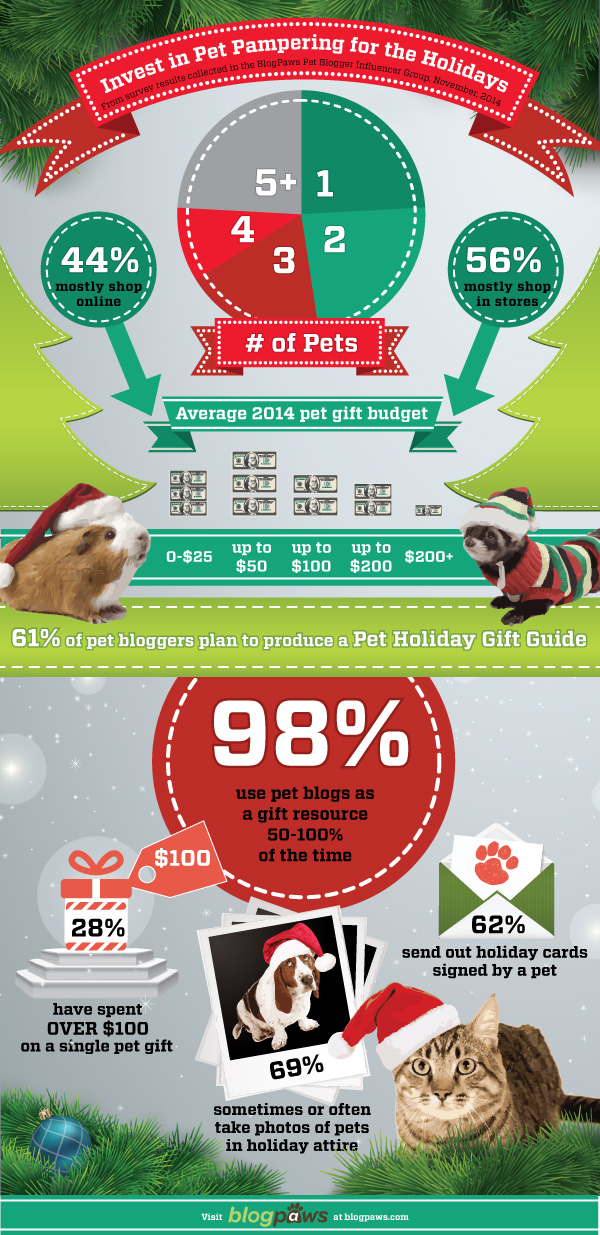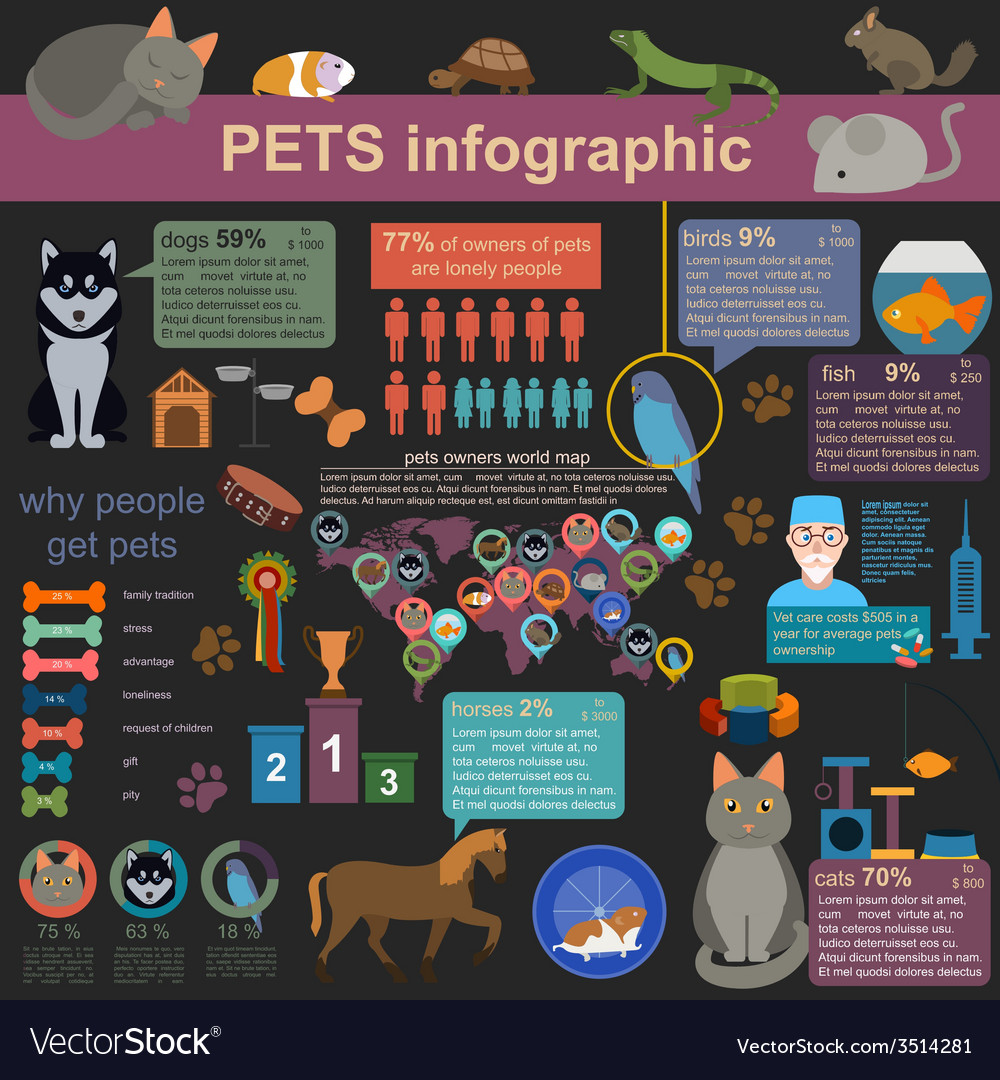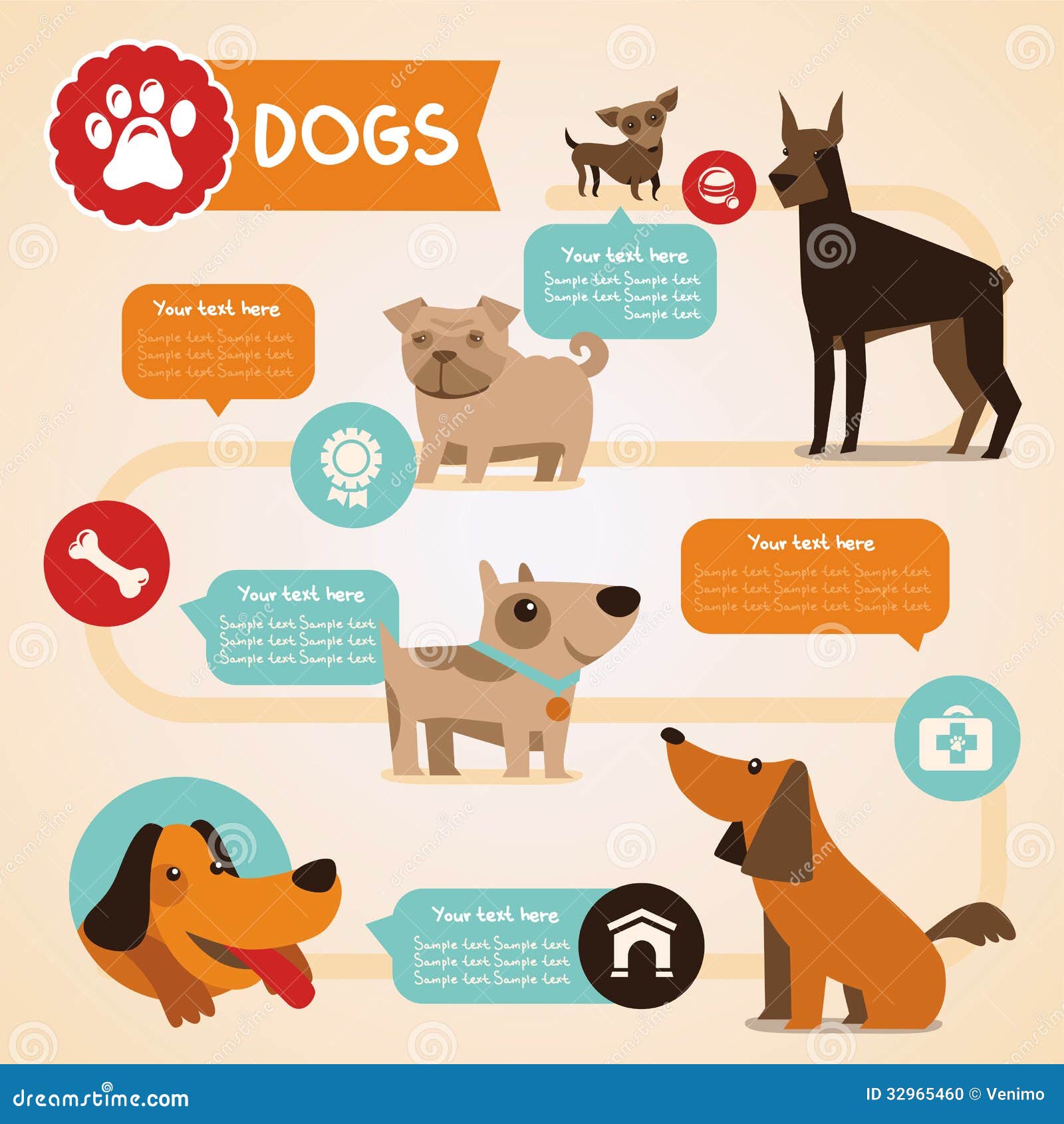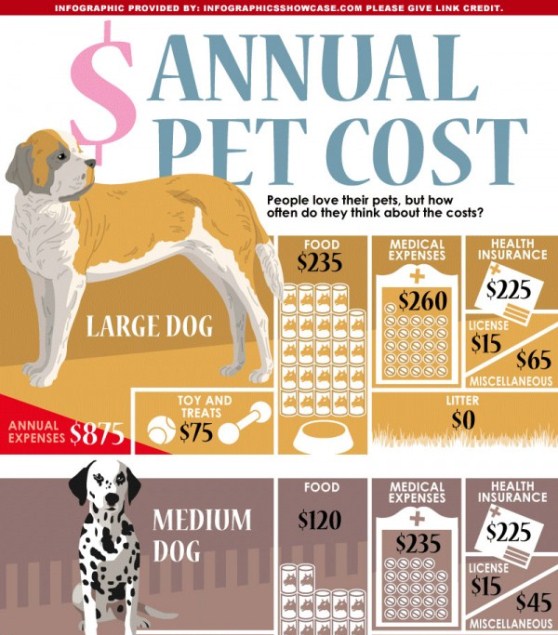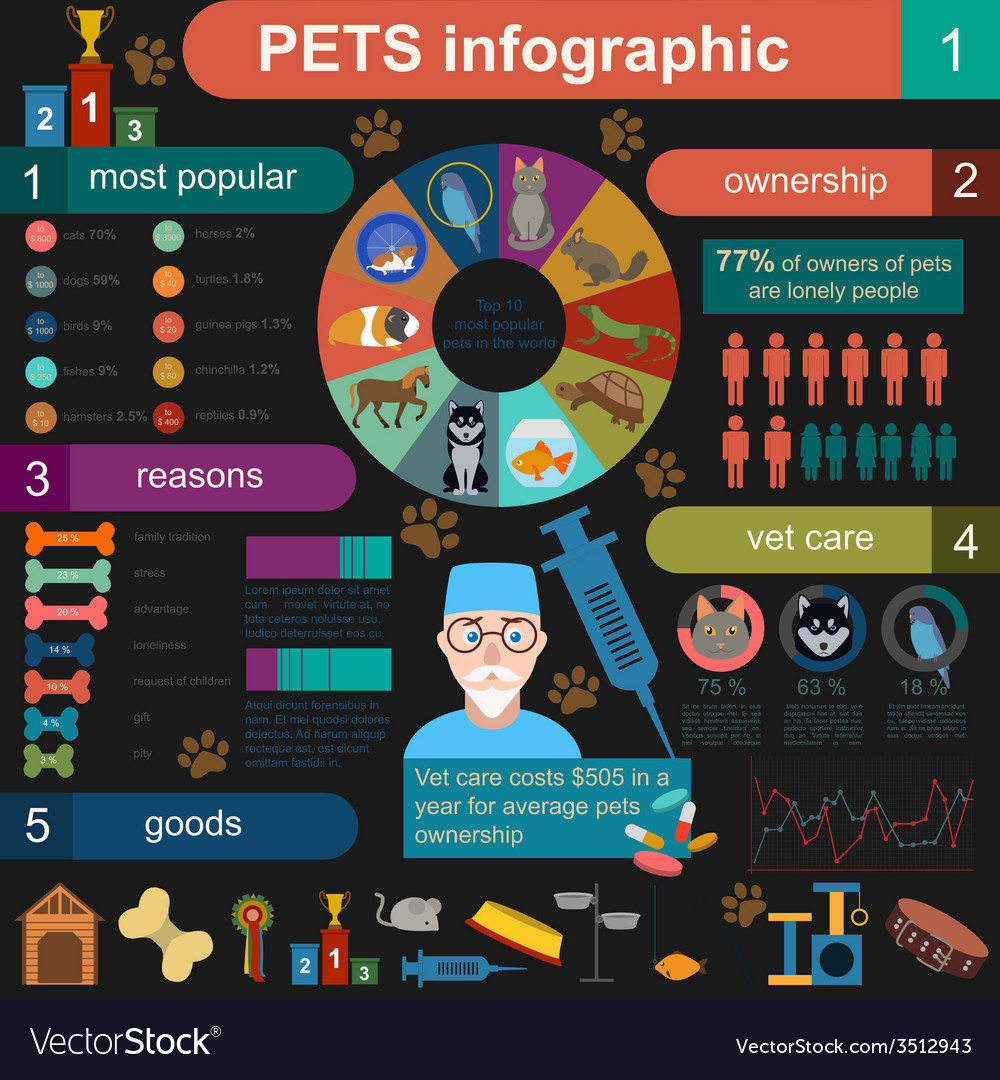What To Do If Your Dog Hates Going To Daycare Tips For A Smooth Transition
What To Do If Your Dog Hates Going To Daycare Tips For A Smooth Transition
Blog Article
Just How Dog Daycare Helps Separation Stress And Anxiety
Canines with separation anxiety exhibit a range of behaviors consisting of yawping and eating when their proprietors leave. Pet dog day care supplies a risk-free and appealing environment that can help reduce these symptoms.
Often, pet dogs that come home to chewed-up furnishings or non-stop barking are dealing with separation stress and anxiety. While childcare can help handle the signs and symptoms, it is not a solution for all pet dogs with splitting up anxiety.
Socializing
Socializing is a powerful tool to assist deal with splitting up anxiety. It shows pets to trust other people in a setting where they can be safely separated from their proprietors. This can make veterinarian visits, grooming visits, and various other human interactions less difficult.
Pets that are not mingled may show harmful behavior or excessive barking when left alone. These habits can be brought on by boredom, tension, or absence of workout. Throughout daycare, your dog will participate in team play and exercise, which helps them burn off suppressed energy. The organized tasks and regimen of daycare also avoids monotony, which can be a trigger for splitting up anxiousness.
Participating in daycare routinely likewise develops a regular and knowledge for your dog, making them view being away from their owner as typical. While canine day care does not heal splitting up anxiousness by itself, it can give significant benefits to your pup in addition to other treatment options (behavioral training and desensitization).
Stimulation
Lots of pet dogs with splitting up stress and anxiety really feel a feeling of desertion when they're laid off. This usually shows up as excessive barking, eating on furnishings, and tries to escape.
Dogs in daycare are given plenty of physical and mental stimulation. When pet parents drop off their dogs, they are divided right into play teams according to age and task degree. This permits a secure setting for every person. After that comes early morning team play, a time when pet dogs can engage with their fellow day care buddies and burn off excess energy. After a long day of having fun and snacking, it's snooze time.
For several pets, a regular regimen of going to day care a few times a week assists minimize separation anxiety. Once they learn that being away from home isn't a big deal, they will certainly be much less distressed when their proprietors are away for work or on vacation. They'll also come home tired, so they'll be extra able to relax via the evening without fretting about their owner.
Exercise
Dogs can develop splitting up anxiousness if their regimen is interrupted by schedule changes, member of the family moving in and out, or brand-new experiences that make them really feel insecure. Even a minor change can cause an extreme reaction that includes destructive eating, pacing and residence messing.
Day care provides pets with an organized everyday routine that reduces changability. It additionally keeps pets involved with psychological and physical stimulation through group play and dexterity tasks, avoiding boredom that can sustain anxiety-related habits. The physical activity also aids launch suppressed energy, which can protect against the anxiety that results in destructive actions when the pet dog is at home alone.
Regular presence at day care can considerably boost splitting up anxiety. The acquainted atmosphere and routine aids your family pet adapt to being away from you and find out that you will return. It can aid ease behavioural problems such as too much vocalization and residence messing, resulting in better and a lot more unwinded pets in your home. The structured and revitalizing environment additionally produces healthy rest patterns, which can even more add to minimized anxiety degrees.
Training
Canines usually establish separation anxiousness when there's a change in regular. This can be triggered by moving homes, changing work, or even a brand-new addition to the family members (an infant or a pup). Pet dogs who experience splitting up anxiety will certainly show signs like excessive chewing, barking, and residence soiling.
A regular schedule of day-to-day social interaction via daycare can aid canines conquer their anxiety regarding being alone. This is achieved with a gradual technique that exposes the pet dog to longer periods of time dog boarding facilities without their proprietors.
Educating sessions with childcare can also aid with separation stress and anxiety. The mental excitement supplied with obedience and dexterity activities maintains dogs occupied, so they do not focus on their stress and anxieties. Enrichment games and scent work use a canine's all-natural hunting impulses and are a reliable way to minimize boredom that results in anxiety-related actions. Ultimately, while childcare can be helpful in the short-term, it's not a treatment for separation stress and anxiety. Rather, a professional behaviorist must be consulted to produce a thorough separation stress and anxiety therapy plan that includes training, desensitization, and favorable reinforcement.
enter'>|










